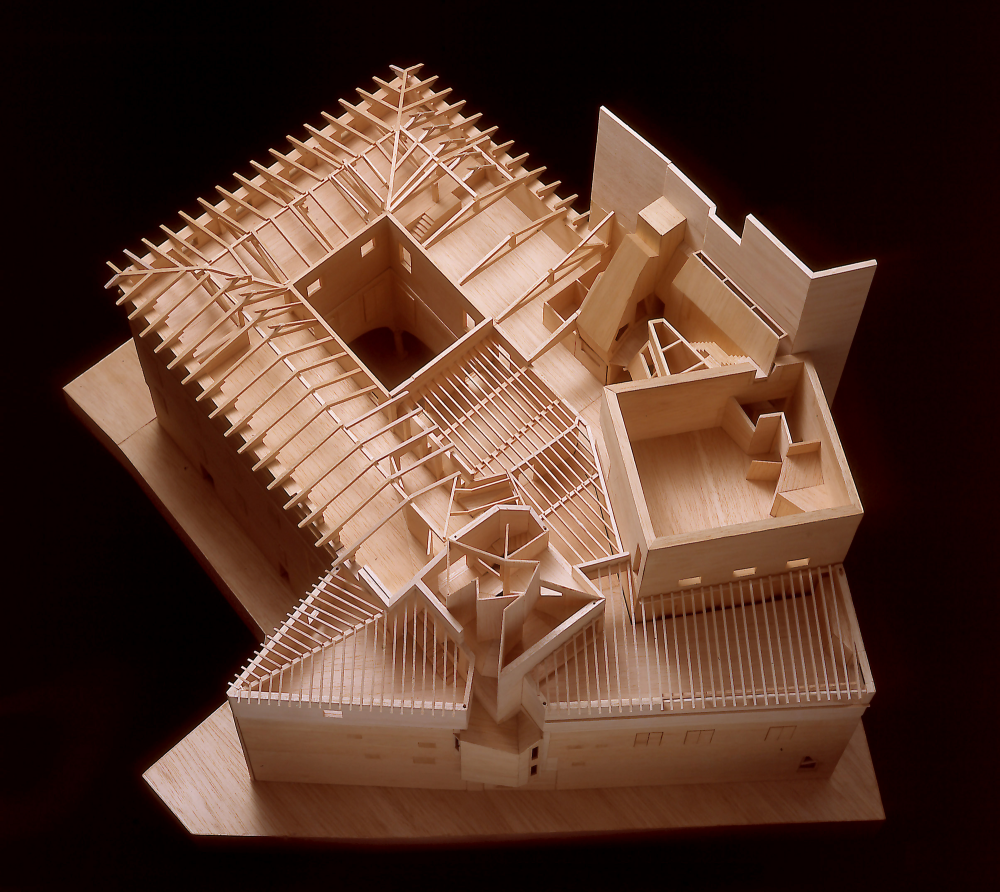A model is a concrete tool for presenting real estate or urban development projects. Model Paris aims to represent your real estate project with all its details and features in the most realistic way possible, using both manual and printed elements. Tactile models serve to convince investors and potential buyers. Model Paris allows clients to immerse themselves in these apartments using tangible elements such as building architecture, vegetation, landscape, and even lighting.
Features of Model Paris
The miniature models have many details regarding material type, exterior decoration, and architectural patterns. Model Paris uses materials such as cardboard, wood, and resin based on customer preferences. As a craftsman, the model maker surpasses the capabilities of a 3D printer in terms of material coherence and the warm, handcrafted details. Model Paris emphasizes the adaptability of the model to the customer's needs. Thanks to the flexibility of the craft and the skill of the model maker, the parts can be disassembled if there is a change in decision.
Advantages of Model Paris
The realization in the form of a model primarily targets real estate developers and professionals in the fields of architecture, industry, and prototype construction. It is used at real estate fairs and exhibitions. Model Paris also highlights the integration of the project into the environment by emphasizing the benefits of the renovation or redevelopment project. As the model must reflect reality to be officially validated, the model maker ensures that the building volumes and surrounding neighborhoods correspond to the actual scale. Model Paris can visualize a future project and make it accessible to clients and investors. A 3D model gives a real estate project commercial and communicative power.





